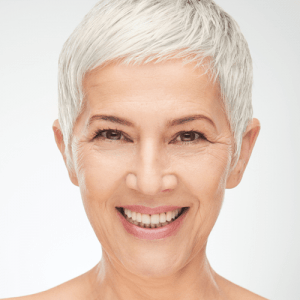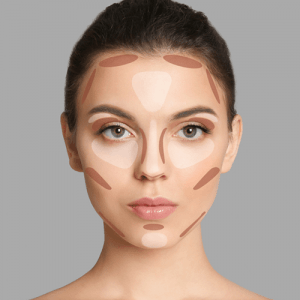CO2 Laser Treatments
Atlanta, Georgia
Lasers, of which there are many types, resurface by the discharge of energy from light that is absorbed by molecules in the tissue being treated. For example, the CO2 laser light is absorbed by water molecules. Any tissue with water (skin being the most salient example) will absorb the light from this laser and ultimately transform this energy into heat. Thus a thermal injury will occur-a burn.
CO2 laser treatments are the most commonly used laser for skin resurfacing. To complicate matters, though, there are different types of CO2 units. Their differences have to do with the amount of energy delivered to a given area over a period of time. The clinical effect (benefit as well as an unwanted side effect) is a product of the variables of laser light delivered. The newest is the Unipulse which minimizes much of the morbidity but cosmetically rivals the other CO2 lasers. It is, at least for now, the laser we use at the Center for Plastic Surgery.
The erbium laser is the latest non-CO2 laser treatment for resurfacing. It is mainly intended for very shallow wrinkles. Its effect on deeper skin problems is minimal. This laser allows for relatively rapid healing and has minimal morbidity.
What is important to remember is the complexity of treatment options. Skin restoration is very individualized and should be undertaken only when benefits are predictably expected and unwanted side effects are modest or non-existent. This can only be accomplished by a trained and experienced professional.
Frequently Asked Questions About Lasers
Customer Reviews







